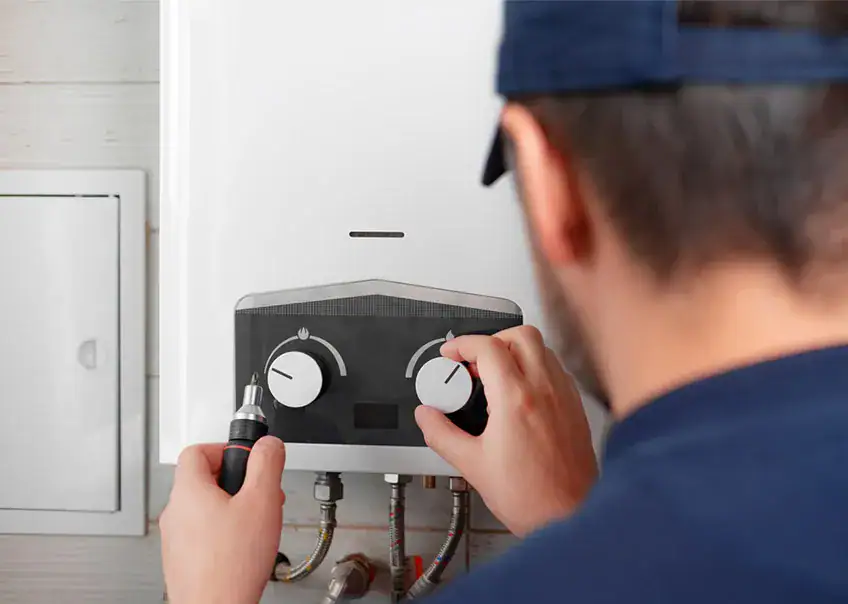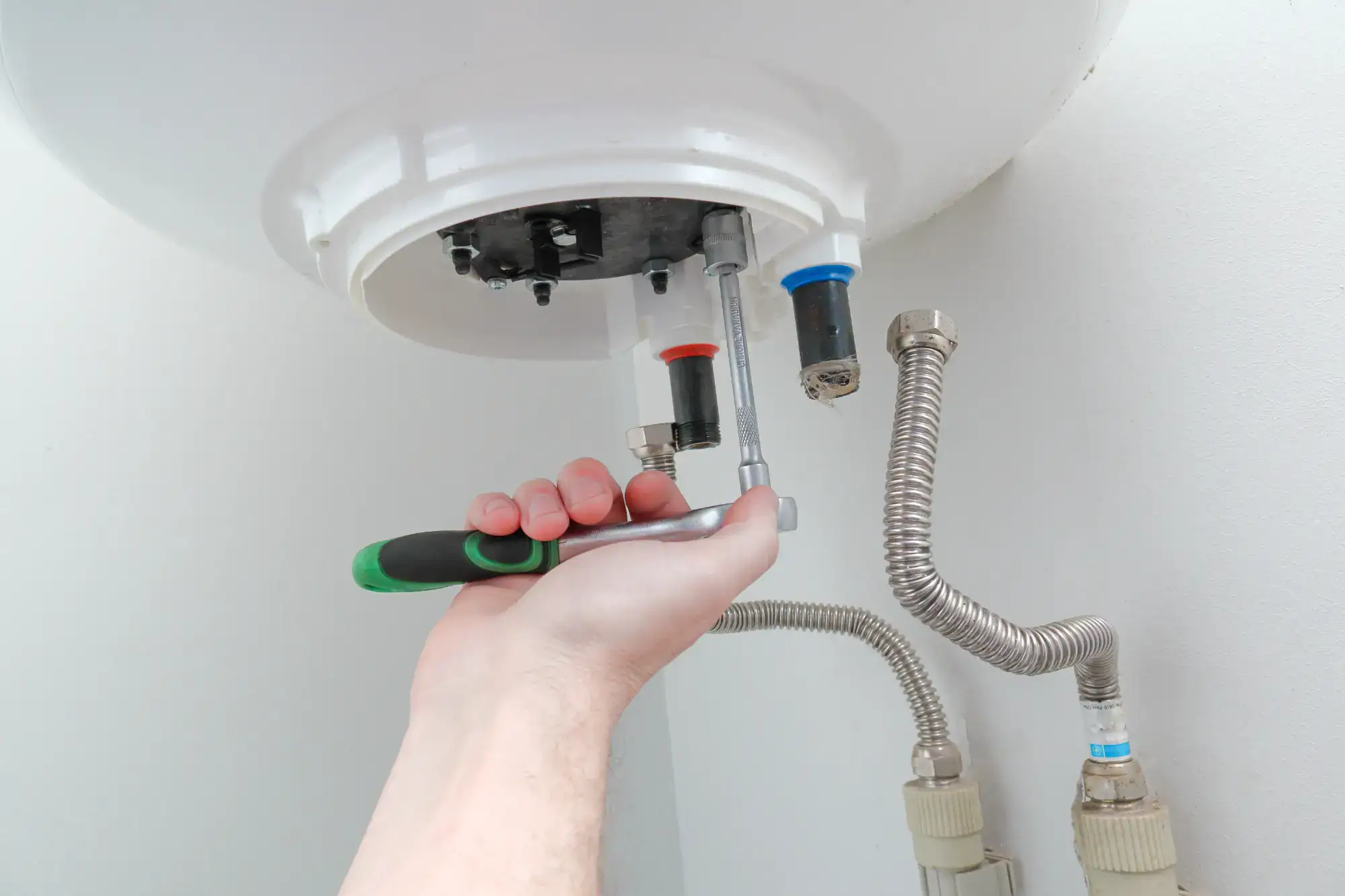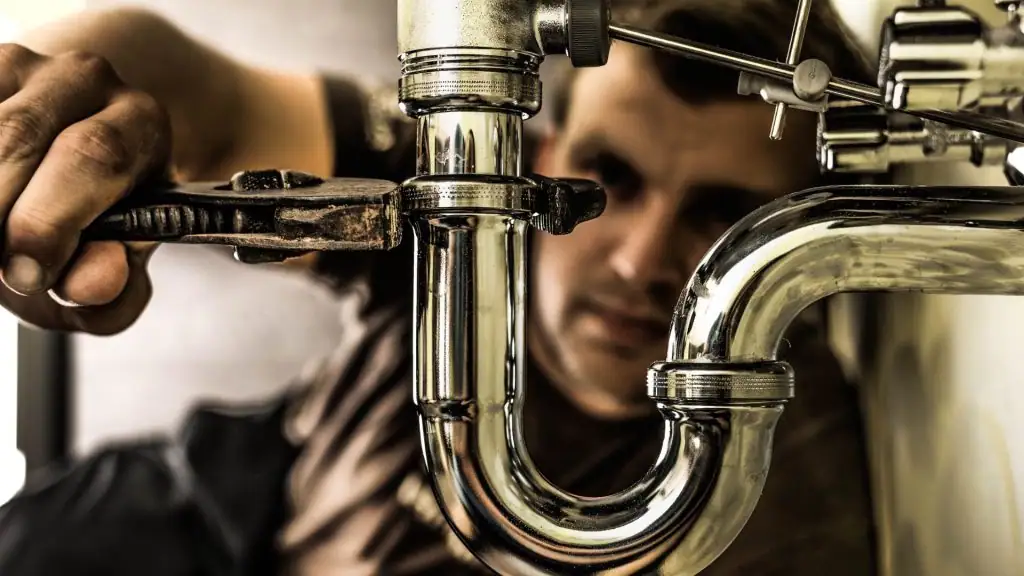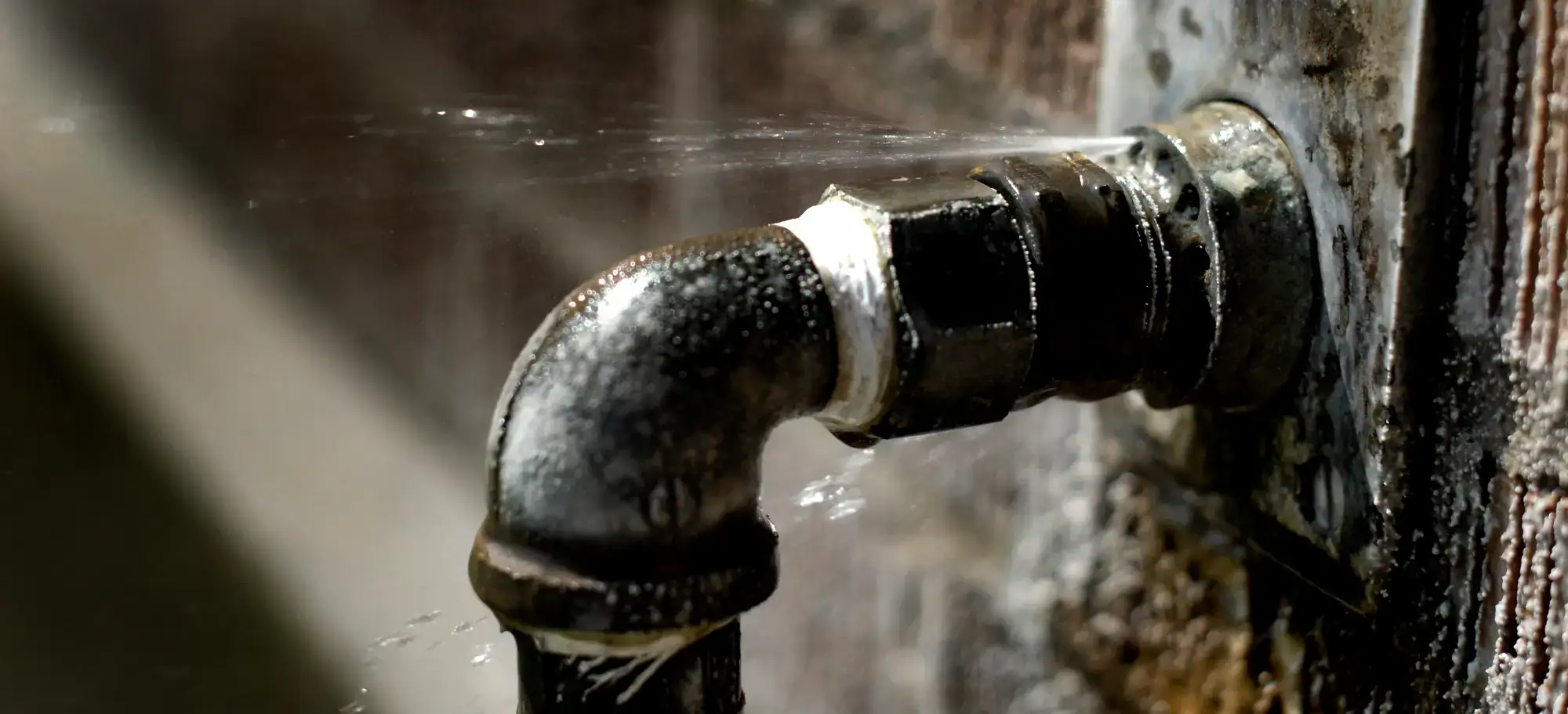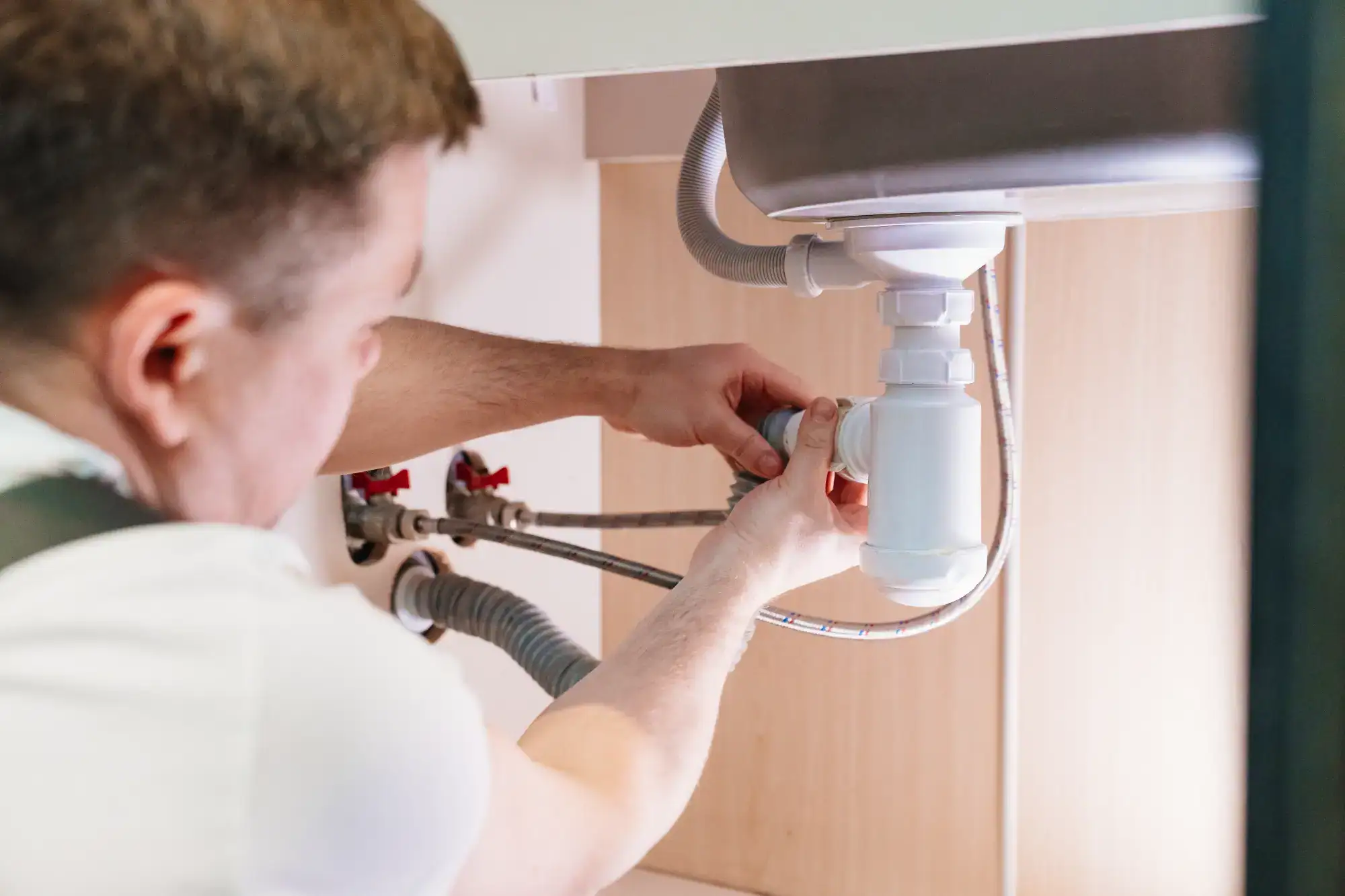Summary:
How Often Should Residential Homes Get Plumbing Inspections?
Most plumbing professionals recommend annual inspections for typical residential properties. This timing allows our experts to identify small changes in your system that could signal bigger problems ahead. A qualified plumber can spot issues that homeowners typically miss, preventing minor concerns from escalating into major headaches.
However, the “once per year” rule isn’t universal. Your home’s specific needs depend on several factors that can shift this timeline significantly. Homes with plumbing systems over 20 years old should be inspected more frequently, as aging pipes are more likely to develop leaks, corrosion, and other issues.
What Factors Determine Your Inspection Schedule?
The age of your plumbing system plays the biggest role in determining inspection frequency. Older homes or those with known plumbing issues benefit from annual inspections to monitor the condition of pipes, fixtures, and other components, as older systems are more prone to leaks and corrosion. If your home has a relatively new plumbing system with no history of problems, a professional inspection every two years is typically sufficient, especially for modern systems made from durable materials like PEX or CPVC.
Your home’s pipe materials also influence timing. Copper or galvanized steel pipes, common in older homes, are more prone to corrosion and leaks, requiring regular inspections to monitor their condition. Modern materials like PVC or PEX are more resistant to corrosion and can often go longer between inspections.
Water quality in your area matters too. Homes in hard water areas face mineral buildup that affects plumbing system performance, making regular inspections essential to manage these issues and prevent damage. Usage patterns also play a role. Homes with large families or frequent visitors should have more frequent inspections due to increased wear and tear, while vacation homes or properties with fewer occupants may not need as frequent checks, though annual inspections remain advisable.
Environmental factors around your property can accelerate inspection needs. Homes with mature trees near sewer lines, properties in flood-prone areas, or residences with older piping often benefit from additional inspections throughout the year.
When Should You Schedule Emergency Plumbing Inspections?
The age of your plumbing system plays the biggest role in determining inspection frequency. Older homes or those with known plumbing issues benefit from annual inspections to monitor the condition of pipes, fixtures, and other components, as older systems are more prone to leaks and corrosion. If your home has a relatively new plumbing system with no history of problems, a professional inspection every two years is typically sufficient, especially for modern systems made from durable materials like PEX or CPVC.
Your home’s pipe materials also influence timing. Copper or galvanized steel pipes, common in older homes, are more prone to corrosion and leaks, requiring regular inspections to monitor their condition. Modern materials like PVC or PEX are more resistant to corrosion and can often go longer between inspections.
Water quality in your area matters too. Homes in hard water areas face mineral buildup that affects plumbing system performance, making regular inspections essential to manage these issues and prevent damage. Usage patterns also play a role. Homes with large families or frequent visitors should have more frequent inspections due to increased wear and tear, while vacation homes or properties with fewer occupants may not need as frequent checks, though annual inspections remain advisable.
Environmental factors around your property can accelerate inspection needs. Homes with mature trees near sewer lines, properties in flood-prone areas, or residences with older piping often benefit from additional inspections throughout the year.
Want live answers?
Connect with a Sugar Bear Home Services expert for fast, friendly support.
Commercial Plumbing Inspection Requirements and Timing
Commercial properties face different inspection requirements than residential homes. Depending on the size and usage of your commercial building, consider scheduling quarterly, semi-annual, or annual inspections. These inspections allow our experts to identify potential issues, perform preventive measures, and ensure compliance with regulations.
If your commercial building is more than 20 years old, it’s definitely time to consider inspection. While many plumbing materials are designed to last 80 years, most pipes are designed for no longer than 50 years, with some lasting only 20 years. The stakes are higher for businesses, where plumbing failures can disrupt operations and damage your reputation.
How Building Usage Affects Commercial Inspection Frequency
The frequency of plumbing service in commercial buildings depends on various factors, including property size, the nature of operations, and existing plumbing infrastructure condition. Regular inspections form the foundation of effective maintenance.
Analyze usage patterns to identify peak periods of water consumption and stress on the plumbing system. Facilities with high occupancy rates or intensive water usage, such as restaurants or healthcare facilities, may require more frequent servicing to accommodate their needs adequately.
According to industry standards, you should get commercial plumbing inspected and drains cleaned quarterly to prevent clogs and address small problems. However, if you’ve noticed plumbing problems or increases in water bills and repair costs, you may need inspections sooner than every three months.
Plumbing issues can disrupt business operations, leading to customer dissatisfaction, productivity losses, and potential revenue impacts. Regular inspections help mitigate the risk of plumbing emergencies and ensure uninterrupted business operations.
High-risk commercial environments need special attention. For businesses in the food industry, maintaining grease traps is vital. Regularly clean and empty grease traps to prevent blockages and foul odors, ensuring compliance with health and safety regulations.
What Commercial Inspections Include and Why They Matter
A commercial plumbing inspection is a comprehensive assessment of a property’s plumbing system, focusing on functionality, safety, and compliance with building codes. This inspection identifies potential issues, ensures proper maintenance, and prevents costly plumbing problems.
During inspections, we thoroughly evaluate all plumbing fixtures and components throughout the building, including sinks, toilets, showers, faucets, water heaters, and other plumbing appliances. We check for leaks, corrosion, water pressure issues, and signs of wear or damage.
One main objective is verifying compliance with local plumbing codes and regulations. We ensure the plumbing system meets current standards for safety, sanitation, and water conservation. Non-compliant installations or practices are identified for corrective action.
Commercial inspections can reduce the potential for serious sewer line clogs, assist in planning and budgeting for future upgrades and repairs, detect pipe corrosion, determine remaining useful pipe life, ensure proper installation, verify code compliance, identify health hazards, and locate clogs before they cause backups.
Regular commercial inspections provide peace of mind and allow you to plan and budget for future plumbing issues and upgrades ahead of time. The biggest benefits include determining corrosion levels, ensuring code compliance, identifying health hazards, locating clogs before sewage backups, finding cracks to reduce water waste, and preventing major water damage.
For business owners in San Francisco’s competitive market, these inspections protect both your property investment and your operational continuity.
Protecting Your San Francisco Property Investment Through Smart Inspection Timing
Regular plumbing maintenance and inspections help homeowners prevent costly repairs, water damage, and the stress of unexpected emergencies. There’s no better way to ensure the safety and comfort of your home than by investing in professional plumbing inspection to safeguard your most valuable asset.
In San Francisco’s expensive housing market, where median home prices reach approximately $1.29 million and average $1,002 per square foot, protecting your investment through preventive maintenance makes financial sense. Whether you need annual residential inspections or quarterly commercial assessments, the right schedule prevents small problems from becoming major disasters.
Don’t wait for warning signs to appear. Creating a regular plumbing inspection schedule is an investment in the longevity and efficiency of your home’s plumbing system. Annual or bi-annual professional inspections, combined with seasonal checks, can help prevent costly repairs and ensure safety and comfort. Contact Sugar Bear Home Services today to schedule your professional plumbing inspection and take the first step toward protecting your property.

